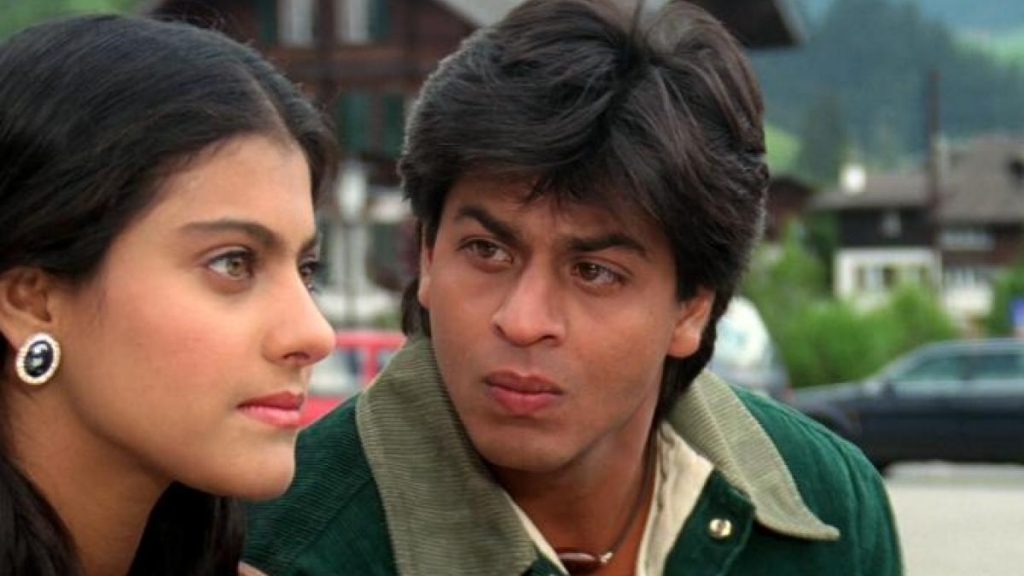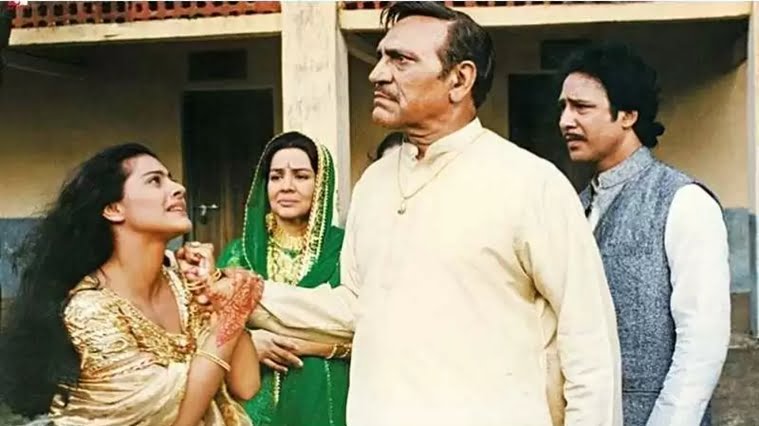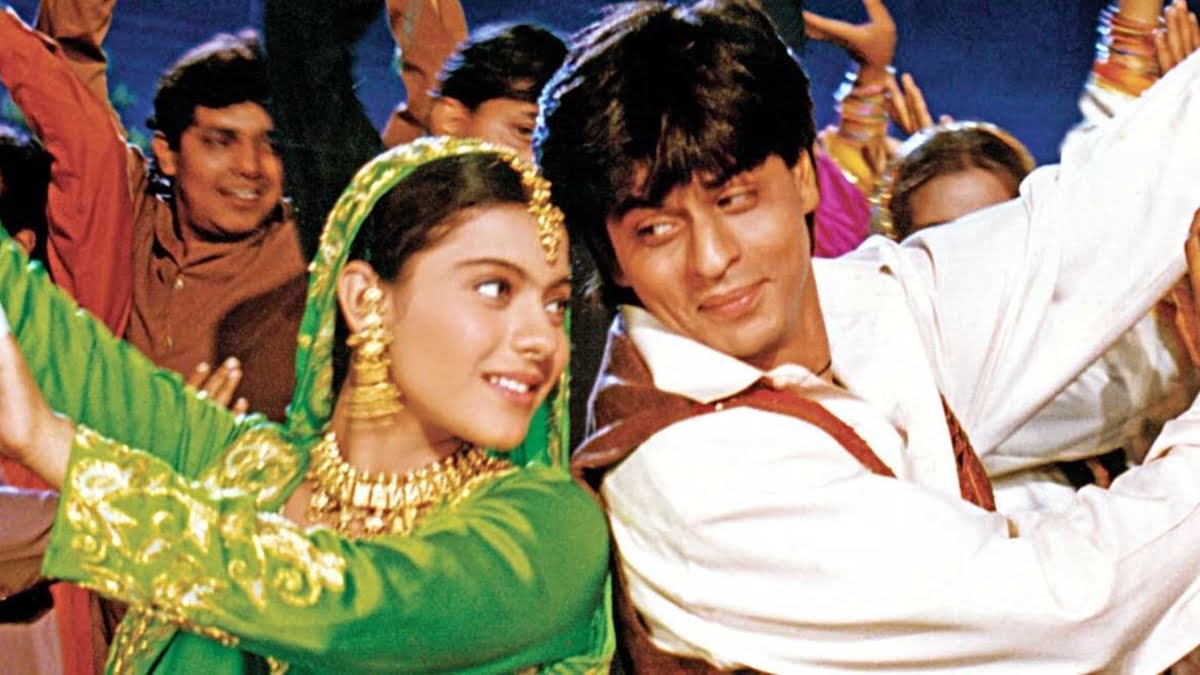Our knowledge of the world develops in a social context and is based on our shared assumptions, according to the social constructionist perspective. Cinema is one such structure that shapes our reality and aids in developing socio-politico-cultural narratives (explains why Shah Rukh Khan epitomised and defined romance for the past decades). The Gender Role Theory is an early form of social constructionism that argues that gender roles and attributes are often formalised by society and are not the objective truth. Therefore, gender roles, like Judith Butler emphasised over and over – is performative in nature, which when habitually performed, influences our shared assumptions and social construction of gender identities. In this essay, this theory will be employed to dissect Dilwale Dulhania Le Jayenge.
Dilwale Dulhania Le Jayenge is a cult classic in Indian cinema, being the longest-running film at the box office, representing romance for much of the 90s and the present. However, its understanding and portrayal of gender roles are stereotypical, whilst also perpetuating and upholding the oppressive structure of patriarchy.
Hindi Cinema has been described as a cultural and ideological force, which shares a reciprocal relationship with society. Feminists view cinema as a cultural practice that largely represents myths about gender. The origins of these patriarchal perceptions of women can be traced back to several factors and eras ranging from Hindu mythology, medieval to colonial and post-colonial India. Although we have begrudgingly made some progress in dismantling these structures, there still lacks an engagement and breakdown of the entrenched misogyny.
Also read: How Women Characters Are Transformed In Bollywood To Deserve ‘Love’
Dilwale Dulhania Le Jayenge is a cult classic in Indian cinema, being the longest-running film at the box office, representing romance for much of the 90s and the present. However, its understanding and portrayal of gender roles are stereotypical, whilst also perpetuating and upholding the oppressive structure of patriarchy.
The story of Dilwale Dulhania Le Jayenge revolves around Raj and Simran, who meet during a trip across Europe and fall in love. However, when Raj learns that Simran is getting married, he follows her to India to win her and her father.

Dilwale Dulhania Le Jayenge begins by displaying starkly contrasting gender roles for men and women. Women work in the kitchen, manage household and children, while always remaining at the beck and call of their husbands. Meanwhile, the men go out to work and are accorded a higher status in the household. Dilwale Dulhania Le Jayenge highlights a very specific set of traits expected out of Indian women, the need to be “sanskari” and “preserve their Indianess” and simultaneously adopting minimal western influences. The film seeks to challenge the dichotomy between the ‘modern, English-speaking, foreign-educated’ Indian and the traditional, close to roots, ‘mere desh ki mitti’ Indian, by concluding that the culture and values of Indians supersede whatever western influences they may acquire. The “Ideal Indian Woman” needs to be traditional, shy, obedient, docile, and self-sacrificing, considering how women are seen as carriers of cultural symbols and upholders of our collective culture. A reel depiction of this sort further sets standards that all women are expected to meet, solidifying the trope that “modernity” and “freedom” corrupt the moral fabric of the country.
To meet this unattainable benchmark, female protagonists in Dilwale Dulhania Le Jayenge take up dual identities within and outside the confines of the house. At home, Simran specifically wore traditional clothes, participated in religious activities, and was an obedient daughter. However, her dressing sense and demeanour was completely different outside her home, shedding light on the plethora of ways women have to give up parts of their identity and conform to the encumbering societal norms. A liberal, assertive woman is seen as a threat and hence, compelled to be meek and acquiescent.

